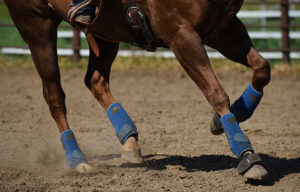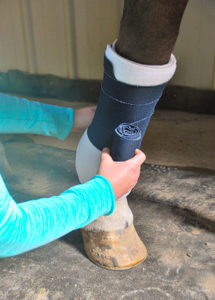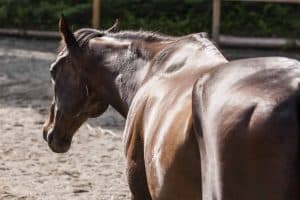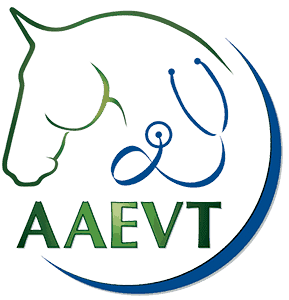Commentary: Horse Health Research Helps Vets, Owners
Dr. Larry Bramlage (DVM, MS, Dipl. ACVS) has a saying: "For practicing veterinarians, research is the currency in which we trade. Every day we use the information these researchers generate." The same holds try for farm managers and trainers, or, actually, anyone whose day-to-day routine involves caring for horses.
We should not anticipate however that all health issues will someday be solved. However every step along the way to taking better care of horses is a direct result of Dr. Bramlage’s "currency"—research. While an individual farm manager’s innovative horsemanship might provide better care for his or her horses, every horseman depends on scientific research for improvement.
Veterinary research generally follows the path of knowledge developed in a laboratory or other experimental setting, then published in a peer-reviewed scientific journal. Ideally, it is then ready to be applied at the farm/stable level, likely first by veterinarians whose routine requires a good deal of scientific reading.
If we zero in on horse farms specifically, the following are a few illustrations of how research at universities has moved the needle forward. Many practices of today might seem like second nature, or just good logic, but actually were the product of research and its resultant conclusions. The practice of placing mares under lights to promote estrus was the result of research carried out at the University of Kentucky, for example. Tests for common diseases such as equine herpesvirus (EHV) infection, influenza, botulism, equine protozoal myeloencephalitis, and leptospirosis are other examples of research aiding the farm manager
Create a free account with TheHorse.com to view this content.
TheHorse.com is home to thousands of free articles about horse health care. In order to access some of our exclusive free content, you must be signed into TheHorse.com.
Start your free account today!
Already have an account?
and continue reading.
Written by:
Equine Disease Quarterly
Related Articles
Stay on top of the most recent Horse Health news with















